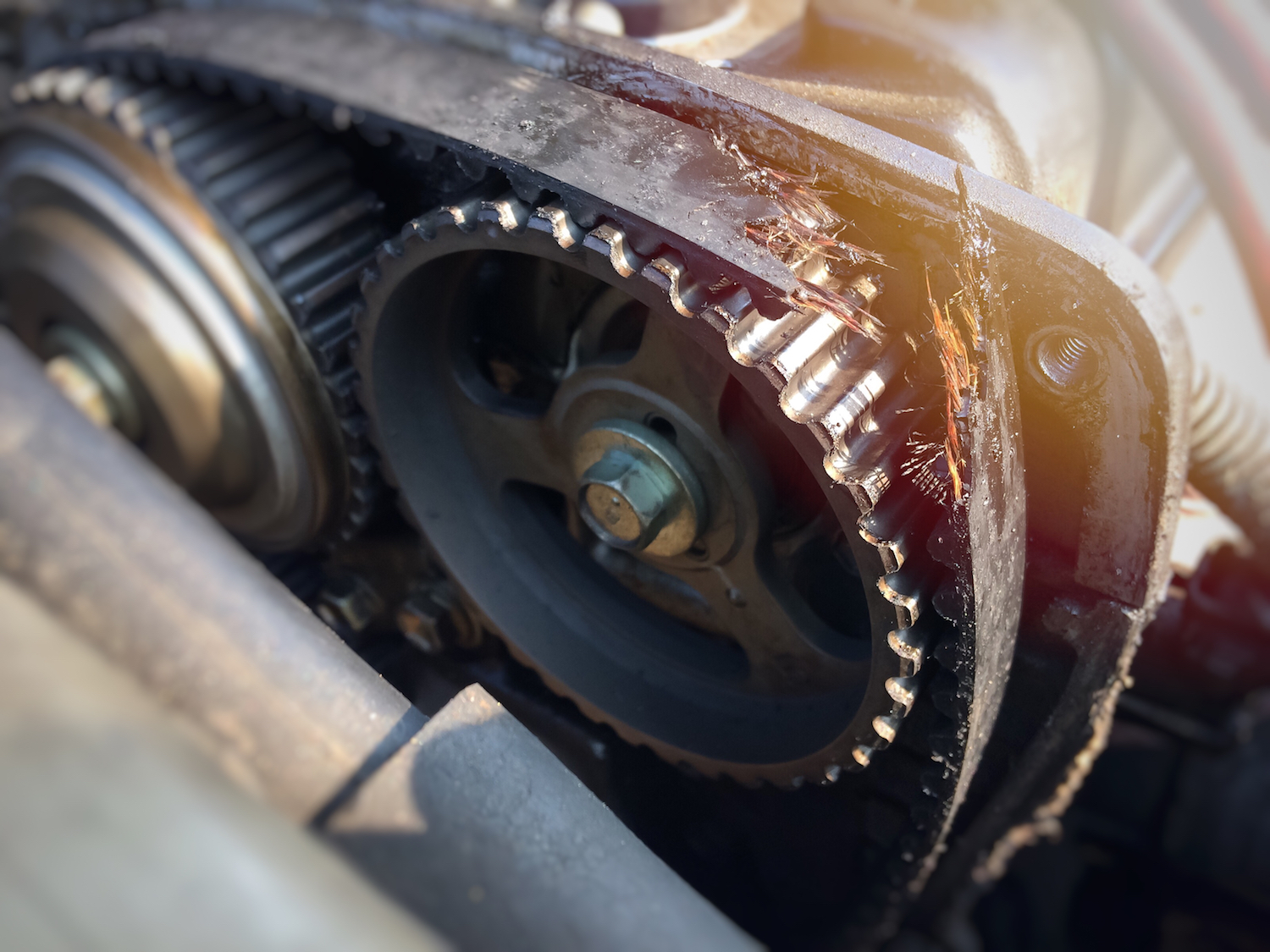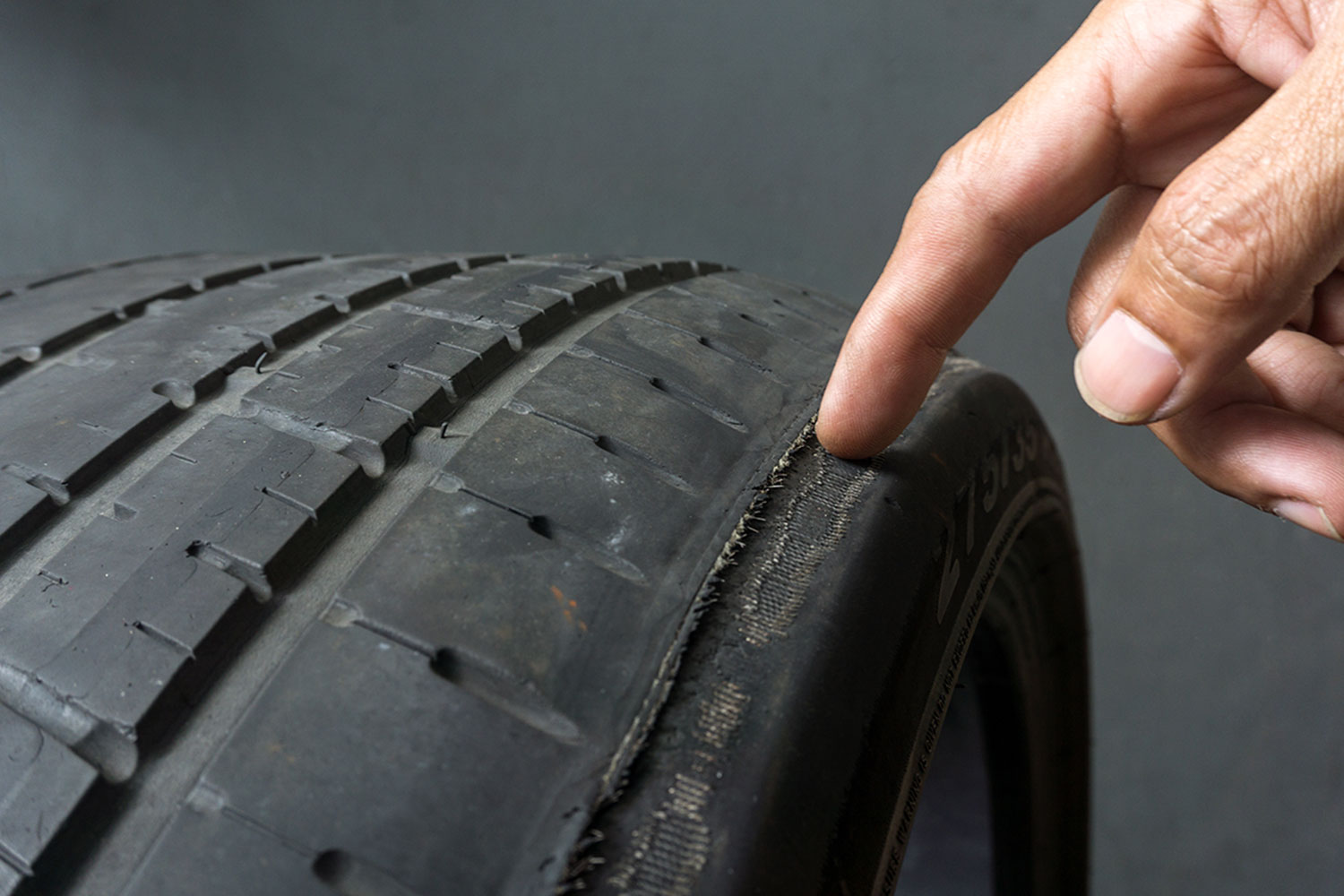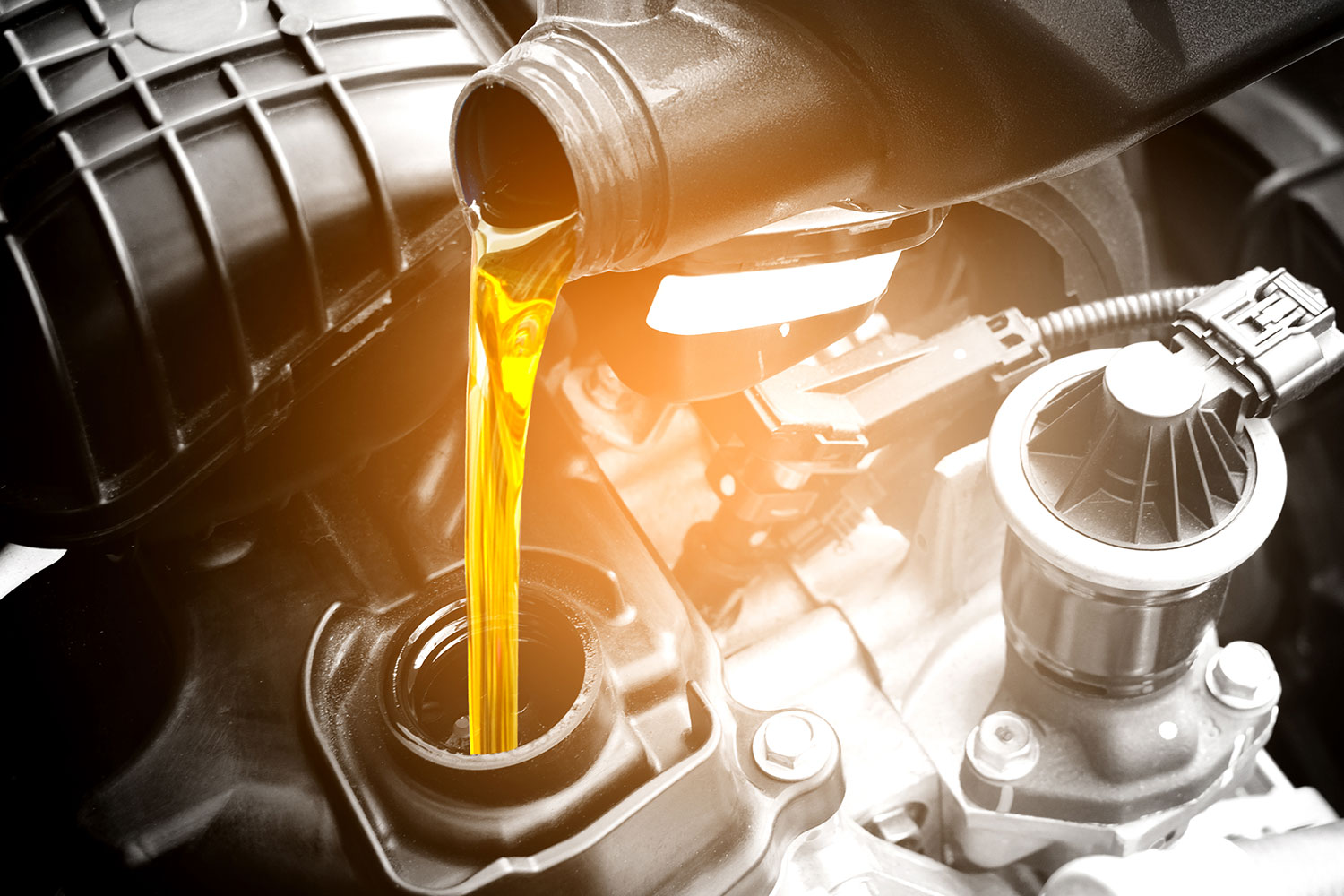The timing belt in your vehicle runs the engine camshaft. It’s responsible for making sure the valves open and close at the proper timing to coincide with the movement of the pistons. Timing belt replacement is typically one of the higher-priced maintenance items, and for this reason, many car owners forego having it replaced when the manufacturer recommends.
Here’s the problem – If the timing belt fails your car engine will stop and it is likely to cause serious engine damage.
When should the timing belt be replaced?
Timing belts wear out naturally. Because serious engine damage can occur if it fails, you definitely want to replace the timing belt before it slips or breaks. The schedule for replacing a timing belt depends on the make of your vehicle. Recommended replacement intervals vary from 60,000 to 100,000 miles. You can find this information in your owner’s manual or ask your local garage.
Why is the timing belt a costly item to replace?
A timing belt isn’t easily accessible on most car engines. As such, it becomes a fairly labour-intensive job when the timing belt needs to be replaced. When it comes time to replace your timing belt, you may find it’s a good idea to replace other parts that are also difficult to access, like the tensioner, idler arm, and water pump.
This is all part of what we refer to as “preventive maintenance”. The goal of preventive maintenance is to take care of a specific part or component before it fails. The cost for replacing a timing belt is much more cost-effective than having to replace an entire engine that fails because the timing belt breaks.
Can you just inspect the belt to see if it needs to be replaced?
No, most timing belts are hidden behind dust covers and other engine components that prevent us from being able to see their condition.
If you have any questions, please don’t hesitate to call and speak to one of our technicians.





